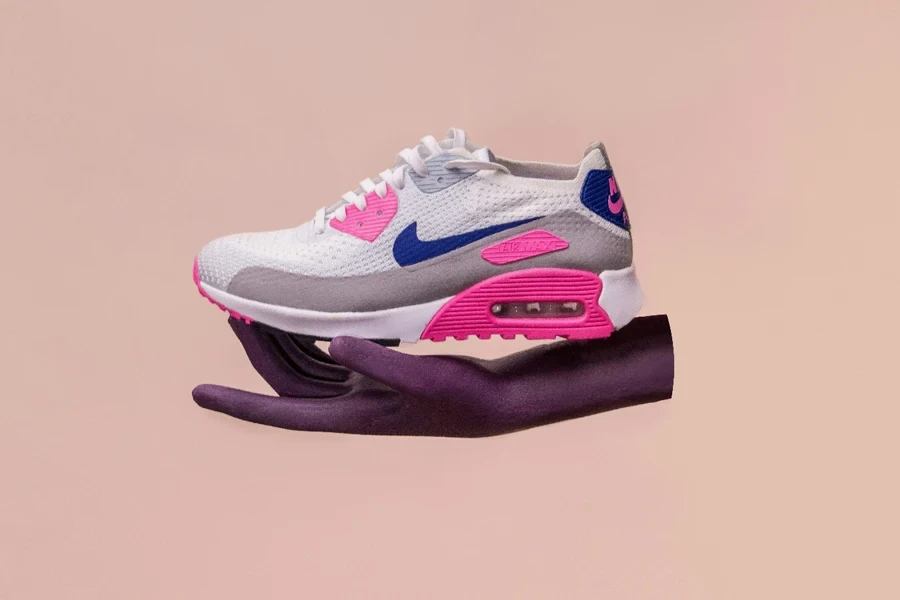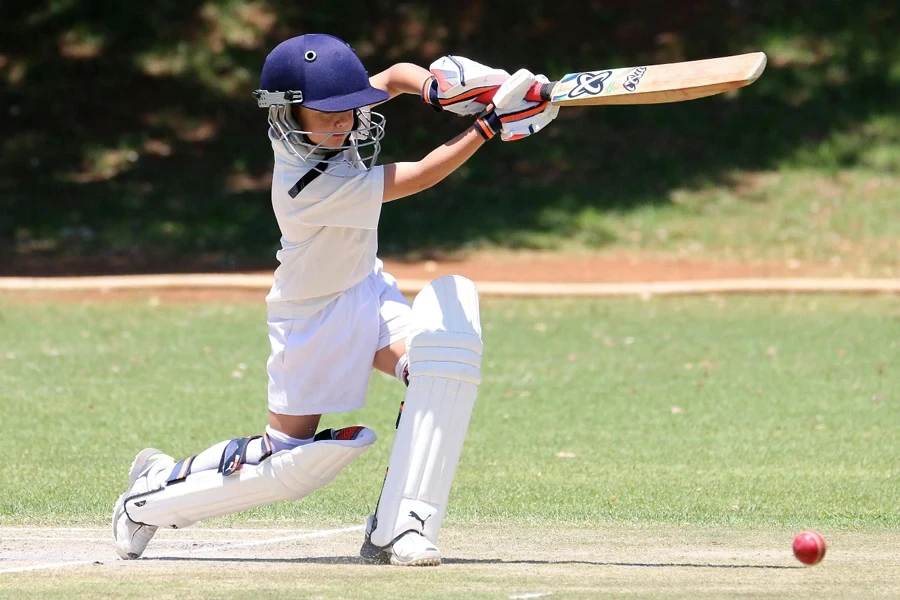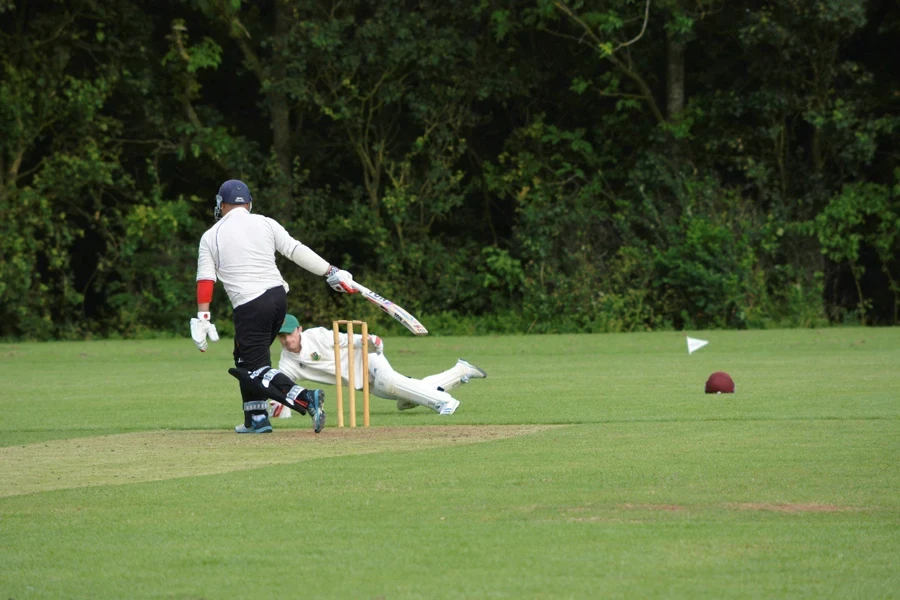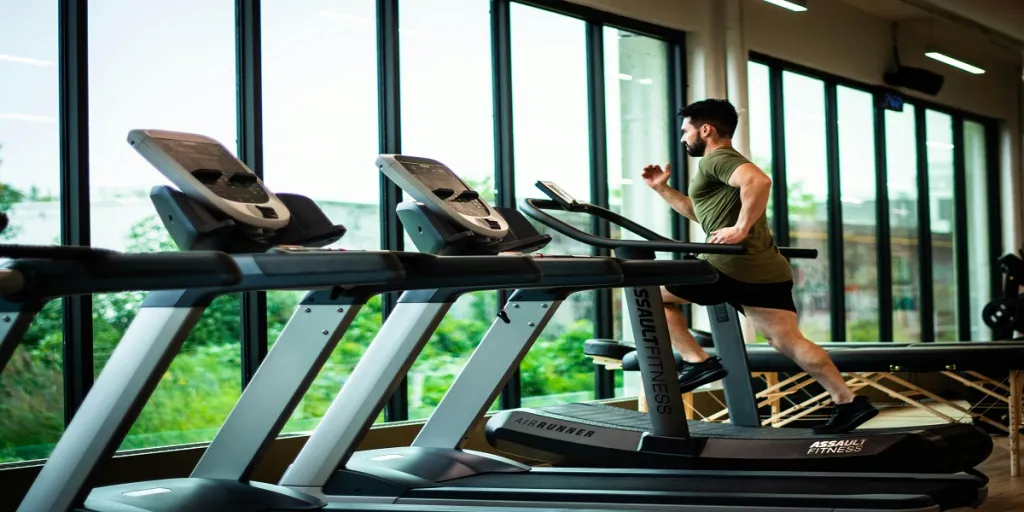Cricket footwear plays a crucial role in maximizing performance, ensuring safety, and providing comfort for players at all skill levels. Understanding market trends and advancements in design is essential for professional buyers aiming to meet diverse demands efficiently. This guide offers actionable insights into market growth, footwear types, and key selection criteria to help businesses make informed purchasing decisions.
Table of Contents
● The global cricket footwear market: trends and growth
● Understanding the types: spikes, studs, and hybrids
● Key considerations for choosing cricket footwear
● Conclusion
The global cricket footwear market: trends and growth

Market growth fueled by global cricket participation
The cricket footwear market forms a crucial segment of the broader cricket apparel and equipment industry, which was valued at $1.86 billion in 2023. Cricket footwear is projected to grow at the fastest rate within this category, boasting a CAGR of 5.2% from 2024 to 2030, according to Grand View Research. This growth is driven by increasing global participation in cricket, spurred by the popularity of Twenty20 leagues such as the Indian Premier League (IPL) and Big Bash League (BBL). These tournaments attract international stars, driving demand for high-performance cricket gear.
Regional dominance and emerging markets
Asia Pacific holds a dominant position in the market, contributing to 71.2% of the global revenue in 2023. Cricket’s deep cultural roots in countries like India, Pakistan, and Australia fuel demand for premium footwear and gear. Additionally, expanding infrastructure and youth cricket programs bolster sales. Meanwhile, regions like North America are emerging as growth markets, with cricket’s rising popularity among diverse demographics leading to a CAGR of 14.8% in North America from 2024 to 2030.
Key players shaping the market
Major brands such as Adidas, Nike, Puma, and Kookaburra dominate the cricket footwear segment. These companies leverage technological advancements in lightweight materials and design innovation to enhance grip, durability, and agility. Collaborations with professional players and sponsorships further amplify their market presence, appealing to both professional cricketers and recreational enthusiasts.
Understanding the types: spikes, studs, and hybrids

Spiked cricket shoes: optimized for precision and control
Spiked cricket shoes are engineered for maximum traction, making them essential on natural turf pitches. They often feature thermoplastic polyurethane (TPU) or rubber outsoles with embedded spikes strategically placed to enhance grip and stability. Metal spikes, commonly used in these shoes, range in length from 5mm to 10mm, providing strong ground penetration for wet or soft surfaces. Rubber spikes, on the other hand, offer moderate grip and are better suited for firmer pitches. Advanced spiked models include high-density EVA midsoles, which cushion high-impact forces during bowling strides or quick batting footwork, minimizing stress on joints.
Studded cricket shoes: durability meets versatility
Studded shoes are designed for synthetic pitches and hard surfaces, incorporating non-marking rubber outsoles with multiple small studs to distribute weight evenly. These shoes often use ethylene-vinyl acetate (EVA) midsoles for shock absorption and a lightweight, breathable mesh upper to reduce fatigue during long sessions. The stud configuration—typically hexagonal or circular in pattern—ensures optimal traction while maintaining flexibility for lateral movements. Additional features like abrasion-resistant overlays enhance the lifespan of these shoes on abrasive artificial surfaces.
Hybrid options: adaptable performance footwear
Hybrid cricket shoes blend the functionality of spikes and studs, offering a balance of traction and comfort for all-rounders. Many hybrid designs incorporate removable spikes, allowing players to customize their shoes for turf or synthetic pitches. The outsoles often feature a combination of TPU and high-grade rubber, delivering a dual-density structure for stability and grip. Enhanced features like thermoformed insoles and gel-based cushioning in the heel area provide extra comfort during prolonged matches, reducing the risk of plantar strain. The flexibility of hybrids is complemented by multi-layered uppers that combine synthetic leather and mesh for durability and breathability, catering to players who switch roles frequently.
Key considerations for choosing cricket footwear
Playing role and style: selecting role-specific footwear

Each playing role in cricket demands specific footwear to enhance performance and reduce injury risks. Batsmen require lightweight shoes with half-spikes or studs that facilitate quick footwork and stable stance. Features like low-profile midsoles and reinforced toe caps are critical for swift movements and impact absorption during running. Bowlers, on the other hand, need shoes with full spikes or hybrid outsoles, offering maximum traction and stability during the delivery stride. Additionally, shoes for bowlers often include ankle support and a reinforced heel counter to manage the stress of repeated high-impact landings. Wicketkeepers prioritize flexibility and comfort, with shoes featuring enhanced forefoot cushioning and durable uppers for extended squatting and lateral movements.
Surface compatibility: matching shoes to pitch conditions
Choosing the correct sole configuration is critical for performance on different playing surfaces. Spiked shoes provide superior grip on turf pitches, with varying spike lengths tailored for wet or dry conditions. For synthetic surfaces, rubber-soled shoes are preferred due to their non-marking properties and enhanced durability on hard grounds. Hybrid shoes with removable spikes offer versatility for players who encounter both surfaces, allowing easy customization without sacrificing stability or traction. Proper compatibility ensures optimal performance while extending the lifespan of the shoes under specific conditions.
Comfort and fit: prioritizing ergonomics for performance
Proper fit is essential to prevent injuries and ensure peak performance. Cricket shoes should offer a snug fit without constriction, with at least 1 cm of space in the toe box to accommodate foot expansion during play. Advanced models include memory foam or EVA insoles that adapt to foot shape for added comfort. Cushioned midsoles and padded collars are critical for absorbing shock and minimizing strain on the feet during prolonged matches. Ill-fitting shoes can lead to blisters, poor foot alignment, and reduced stability, directly affecting a player’s confidence and mobility.
Material and durability: investing in quality construction

High-quality materials are integral to ensuring durability and breathability in cricket shoes. Polyurethane (PU) and microfiber uppers are lightweight, flexible, and resistant to wear, making them suitable for rigorous use. Mesh panels enhance airflow, reducing sweat buildup during long matches. Thermoplastic outsoles provide abrasion resistance, while stitched overlays strengthen stress points, extending the shoe’s lifespan. Investing in durable materials not only boosts performance but also minimizes replacement costs over time.
Budget and branding: balancing cost and reliability
The choice of cricket footwear should align with the player’s budget and performance needs. While entry-level options cater to beginners with basic features, premium shoes incorporate advanced technology such as gel cushioning and modular spike systems for professional players. Established brands like Adidas, Puma, and Asics are known for their specialized cricket ranges, offering models that balance comfort, durability, and cutting-edge features. For those seeking versatility, mid-range options provide a mix of performance and affordability without compromising essential attributes.
Conclusion

Selecting the right cricket footwear is essential for achieving peak performance while minimizing the risk of injuries. Tailoring the choice to specific playing roles, surfaces, and individual preferences ensures players benefit from optimal comfort, stability, and durability. Thoughtful investment in high-quality shoes supports long-term performance needs, making it a critical consideration for players and buyers alike.




